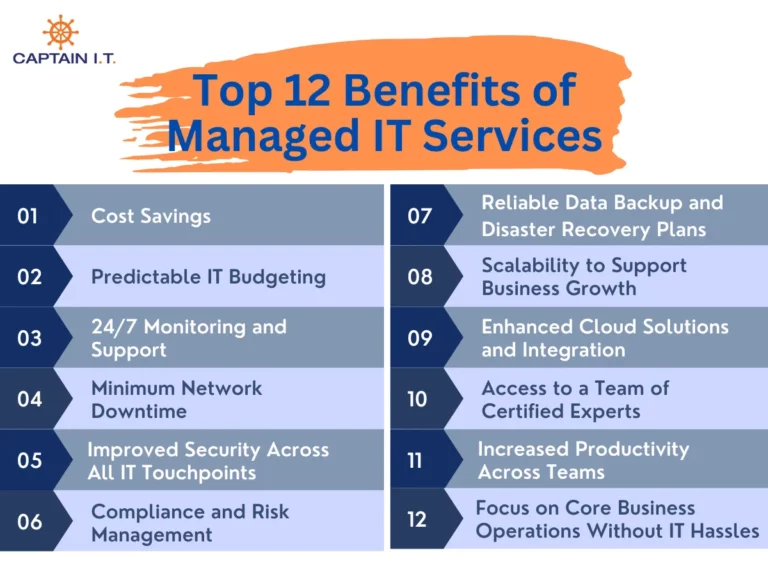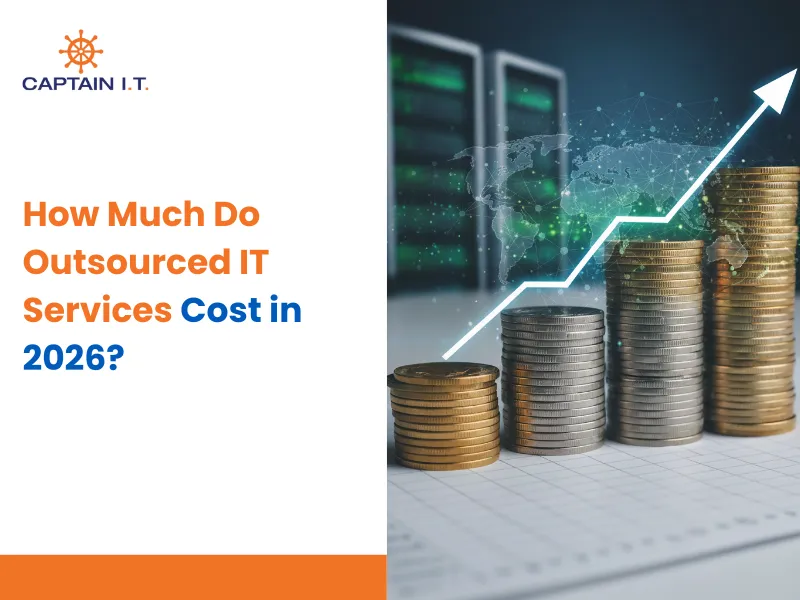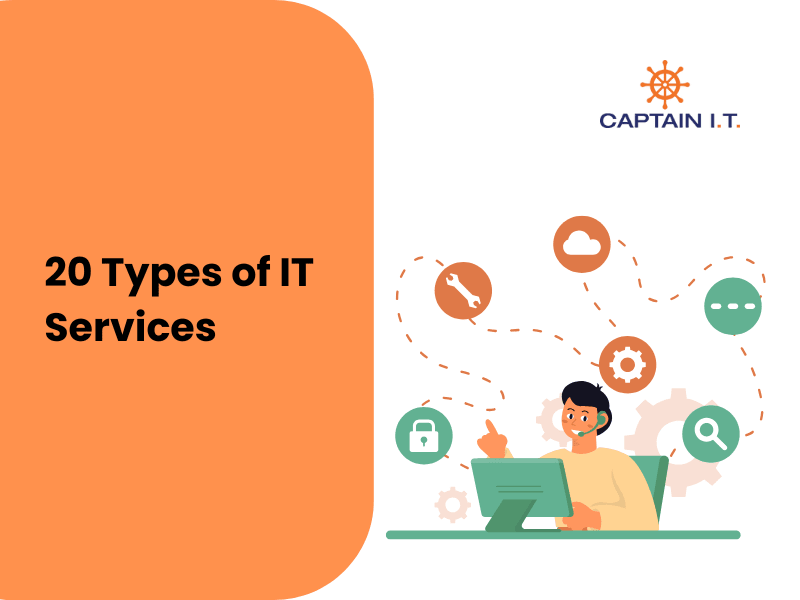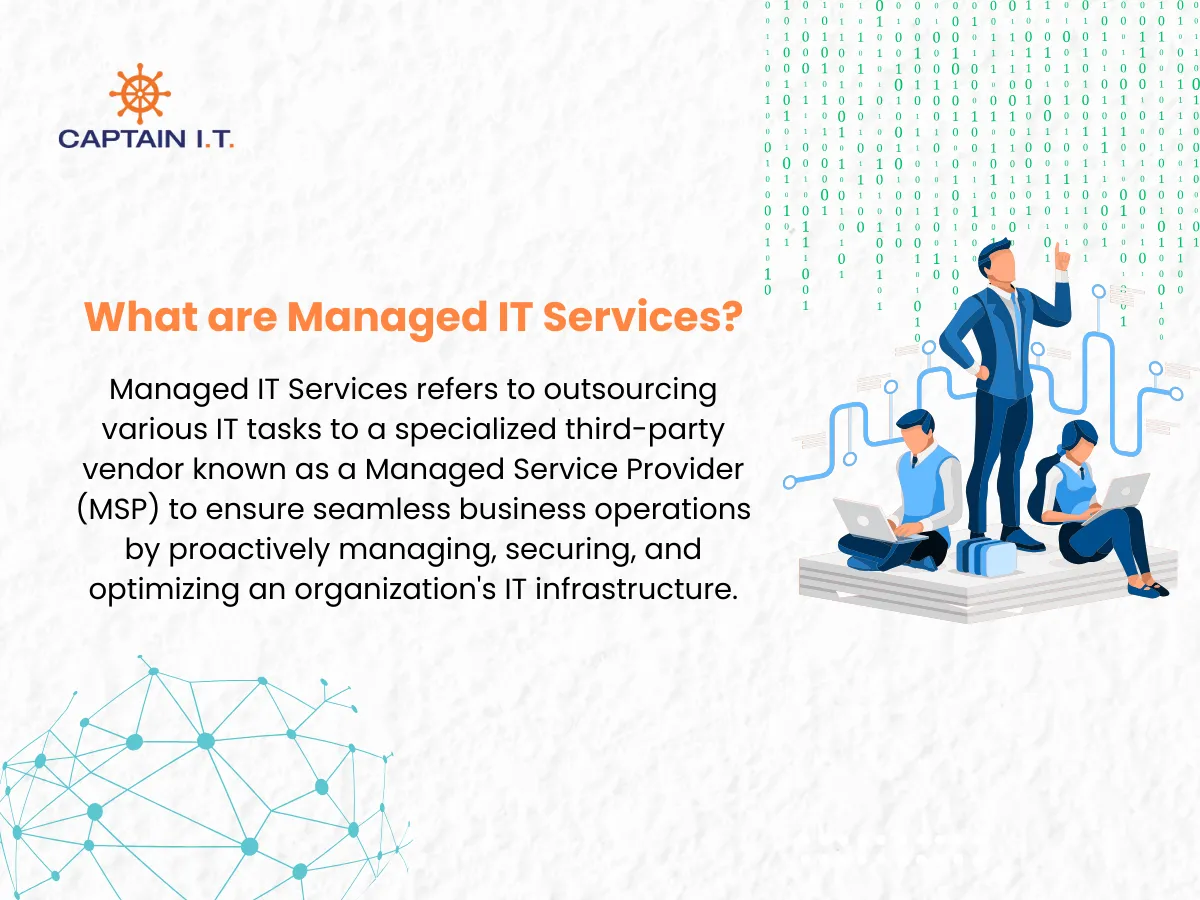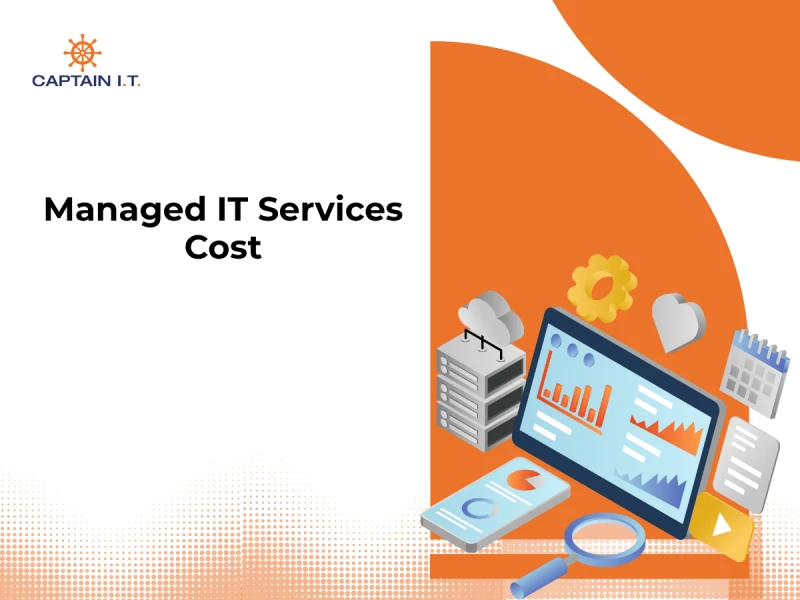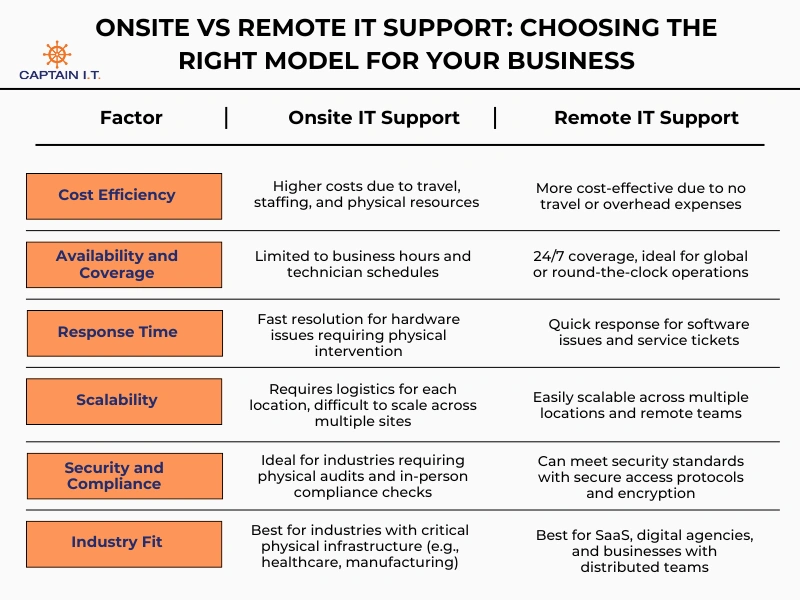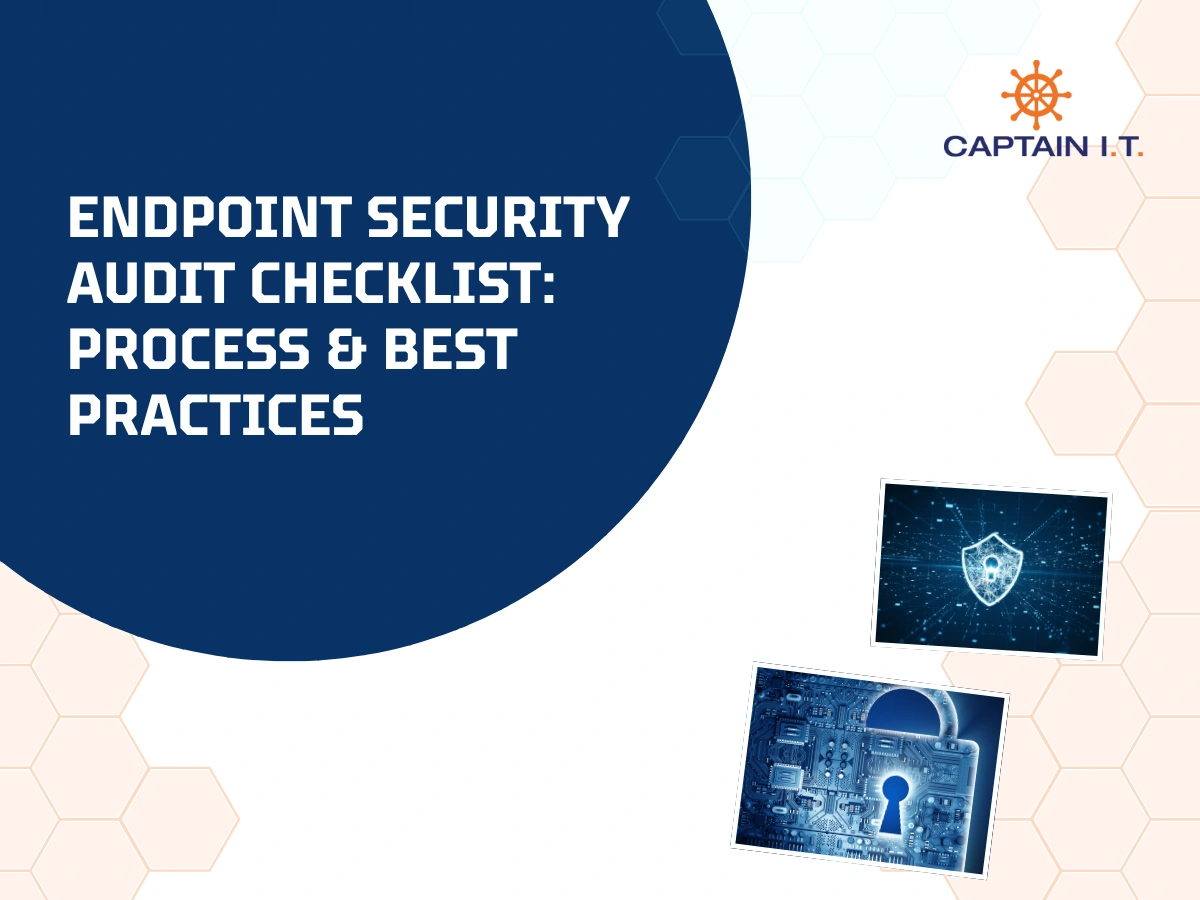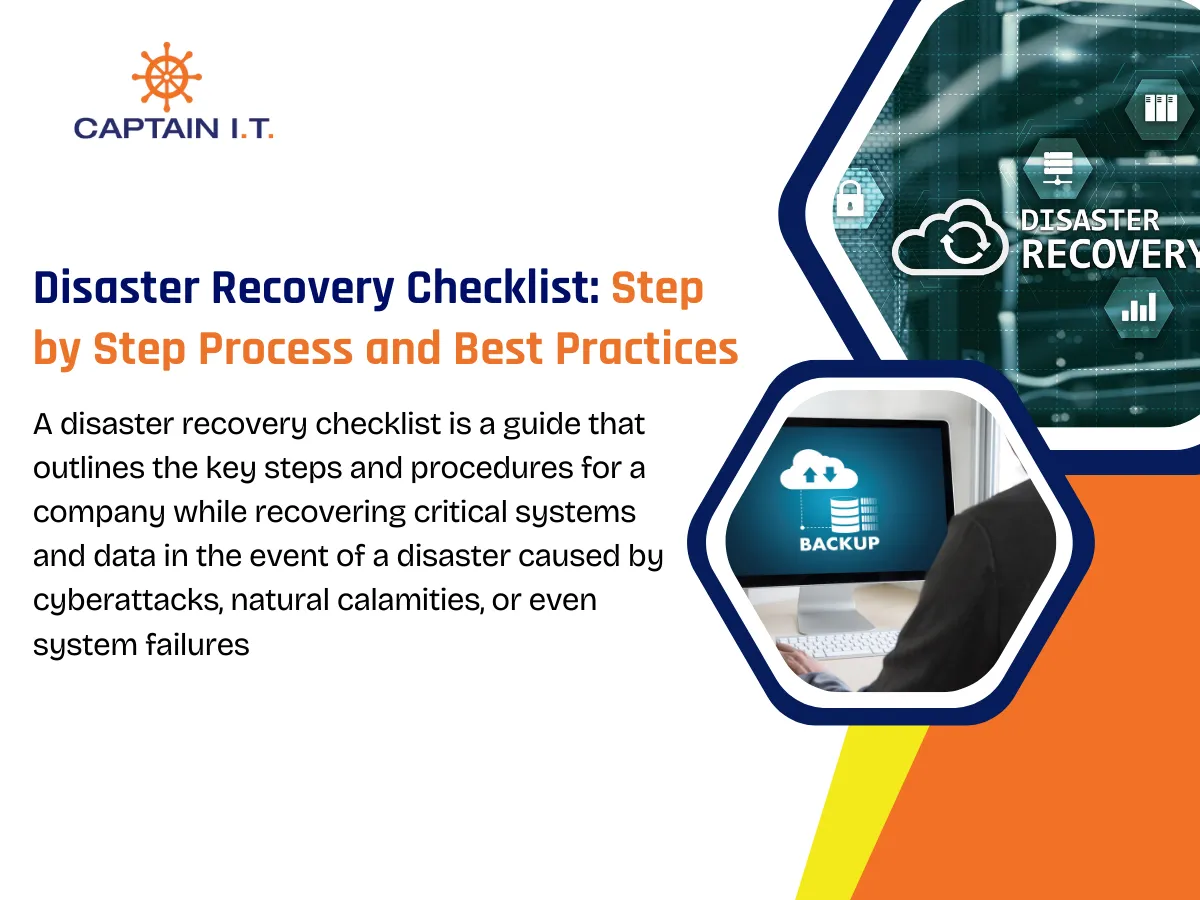Modern businesses rely heavily on IT infrastructure to manage operations, deliver services, and protect sensitive information. Without proper management, this reliance can lead to inefficiencies, unexpected costs, and increased exposure to security threats. Managing IT systems internally often requires substantial investments in personnel, training, and emergency resources.
Managed IT Services address these challenges by offering specialized support, continuous system monitoring, and fixed-cost service models that bring predictability to IT spending. Businesses that adopt a managed services model benefit from proactive issue resolution, improved network stability, and reduced exposure to cybersecurity risks.
This page outlines 12 key advantages of working with a Managed Service Provider (MSP). Each section explores how outsourcing IT functions can help reduce costs, improve performance, and support long-term growth.
Here are the Top 12 Benefits of Managed IT Services:
- Reduces IT Costs
- Enables Predictable IT Budgeting
- Provides 24/7 Monitoring and Support
- Reduces Network Downtime
- Improves IT Security
- Supports Compliance and Risk Management
- Ensures Reliable Data Backup and Disaster Recovery
- Supports Business Scalability
- Offers Enhanced Cloud Integration
- Grants Access to Certified Experts
- Drives Team Productivity
- Frees Up Focus for Core Business Operations
Reduces IT Costs
Managing IT internally requires hiring skilled personnel, investing in hardware, and maintaining expensive infrastructure. For many organizations, these costs can strain budgets, especially when unexpected issues arise. Managed IT Services significantly reduce these financial burdens by offering a predictable, fixed-cost model.
Instead of building an internal IT team, businesses can rely on MSPs for all essential functions including system monitoring, security management, and helpdesk support. This approach not only eliminates the need for multiple full-time salaries but also helps lower overall IT costs by reducing capital expenditures. MSPs also help prevent expensive downtime and data loss through proactive maintenance, system updates, and real-time threat detection.
By consolidating IT expenses into a consistent monthly or annual plan, businesses gain cost transparency and avoid financial surprises tied to emergency repairs or compliance failures.
| Feature | In-House IT | Managed IT Services (MSP) |
|---|---|---|
| Staffing Costs | High (Full-time salaries) | Included in flat-rate pricing |
| Response Time | Variable | 24/7 guaranteed support |
| Security Management | Internal tools (limited) | Dedicated cybersecurity team |
| Backup & Recovery | Manual or semi-automated | Fully automated with disaster plans |
| Scalability | Infrastructure limitations | Elastic service models |
Enables Predictable IT Budgeting
Financial predictability is essential for planning and long-term business growth. Managed IT Services support this by offering subscription-based pricing models that include routine support, security updates, and system maintenance. Businesses no longer face unpredictable costs when systems fail, software becomes outdated, or threats require emergency mitigation.
With clearly defined service agreements, organizations know exactly what they’re paying for. This allows for easier budget allocation and reduces the risk of unplanned expenditures. Instead of setting aside contingency funds for IT emergencies, businesses can invest in innovation and growth.
Predictable budgeting not only improves financial control but also builds trust between internal departments and IT leadership by aligning expectations with deliverables.
| Budget Item | In-House IT (Variable) | Managed IT Services (Fixed) |
|---|---|---|
| Staffing (Salary, Benefits) | $8,000/month | Included in service plan |
| Software Licensing & Updates | $2,000/month (fluctuates) | Bundled in monthly plan |
| Emergency Repairs & Fixes | $3,000/month (avg) | Minimal – covered under SLA |
| Downtime Recovery | $4,000+ lost productivity/month | Proactively prevented |
| Total | $17,000+ | ~$6,500 flat rate |
Provides 24/7 Monitoring and Support
IT disruptions can occur at any time, and businesses that lack round-the-clock coverage often experience delayed responses to critical issues. Managed IT Service Providers (MSPs) offer 24/7 system monitoring and multi-channel support to identify and resolve problems in real time, before they escalate into major failures.
Continuous monitoring covers networks, endpoints, servers, and cloud environments. If an anomaly is detected, automated alerts trigger immediate investigation and response. Many MSPs also provide help desk support through phone, chat, or email, ensuring users receive timely technical assistance regardless of time zone or business hours.
With this constant oversight, businesses improve their operational continuity while reducing downtime and employee frustration.
24/7 Monitoring: MSP vs In-House IT Coverage
Reduces Network Downtime
System downtime can stall operations, reduce productivity, and lead to financial loss. Managed IT Services help reduce these risks through proactive network monitoring, automated system updates, and timely patch management. By identifying performance bottlenecks or security vulnerabilities early, MSPs ensure continuous uptime for critical systems.
Advanced monitoring tools allow MSPs to detect irregularities such as bandwidth surges, unresponsive devices, or failing hardware. These issues are addressed before they result in operational breakdowns. Regular maintenance schedules and system audits also contribute to minimizing interruptions.
Reducing downtime improves both internal workflow and customer satisfaction, making IT a stable backbone for business operations.
Reduces Network Downtime
Improves IT Security
Cybersecurity threats such as malware, ransomware, and phishing attacks continue to evolve, posing serious risks to business continuity. Managed IT Services proactively strengthen security frameworks by implementing layered defenses that protect data, systems, and users across all access points.
MSPs deploy advanced tools including firewalls, endpoint protection, multi-factor authentication (MFA), and encryption. They also conduct routine vulnerability assessments, penetration tests, and security audits to identify and eliminate potential risks. Regular employee training further reduces the likelihood of human error, one of the leading causes of data breaches.
By integrating these safeguards, businesses reduce their attack surface and maintain a stronger, more resilient security posture.
MSP Security: Multi-Layered Protection Model
Supports Compliance and Risk Management
Industries like healthcare, finance, and e-commerce must comply with strict regulatory standards such as HIPAA, GDPR, and PCI-DSS. Failure to meet these requirements can result in heavy penalties, legal exposure, and reputational damage. Managed IT Services help mitigate these risks by aligning IT practices with relevant compliance frameworks.
MSPs assist in maintaining audit trails, conducting risk assessments, and preparing documentation required for regulatory evaluations. Their teams stay current with evolving legal requirements, ensuring that systems remain compliant through proactive policy updates and continuous monitoring.
In addition, structured incident response plans and recovery protocols reduce the impact of breaches or data mishandling, helping businesses meet industry expectations for accountability and transparency.
Regulatory Standards We Help You Meet
Ensures Reliable Data Backup and Disaster Recovery
Data loss can result from cyberattacks, accidental deletions, hardware failure, or natural disasters. Without a reliable backup and recovery strategy, businesses risk operational paralysis and compliance violations. Managed IT Services protect against these scenarios through automated data backups and robust disaster recovery planning.
MSPs configure secure, encrypted backup solutions across on-premises and cloud environments. These systems run on scheduled intervals to ensure the latest versions of business-critical data are preserved. In the event of an incident, rapid recovery processes are initiated to restore services with minimal downtime.
This level of preparedness not only prevents long-term damage but also ensures operational continuity during crises.
Disaster Recovery Lifecycle: MSP Incident Response
Supports Business Scalability
As organizations grow, their IT demands increase in complexity and volume. Managed IT Services allow businesses to scale their technology infrastructure efficiently, without incurring heavy upfront costs or staffing challenges. MSPs adjust service levels based on changing business needs, supporting both rapid expansion and lean operations.
Services such as bandwidth upgrades, additional storage, new device provisioning, and software deployments can be added or removed as needed. This flexibility enables businesses to stay agile while ensuring that IT capabilities match operational demands.
Scalable IT services are especially beneficial for seasonal businesses, startups, and expanding enterprises that require adaptable, cost-effective support.
Flexible Scalability for Any Stage of Growth
Tier 1: Essentials
- 10–25 users supported
- Basic IT monitoring
- Core antivirus & firewall
Tier 2: Growth
- 25–75 users
- Cloud platform management
- Dedicated helpdesk
Tier 3: Enterprise
- 75+ users
- Custom integrations
- Compliance and automation
Offers Enhanced Cloud Integration
Cloud computing has become integral to modern business operations, enabling remote work, collaboration, and cost-efficient resource management. Managed IT Services simplify the transition to cloud platforms and ensure these environments remain secure, stable, and optimized.
MSPs assist with migrating applications such as Microsoft 365 or Google Workspace, configuring virtual servers, and managing cloud-based infrastructure. They implement encryption protocols, access controls, and monitoring systems that protect data in transit and at rest. MSPs also manage performance to ensure availability and responsiveness, even under varying load conditions.
This level of integration supports seamless user experiences and maximizes the ROI of cloud investments.
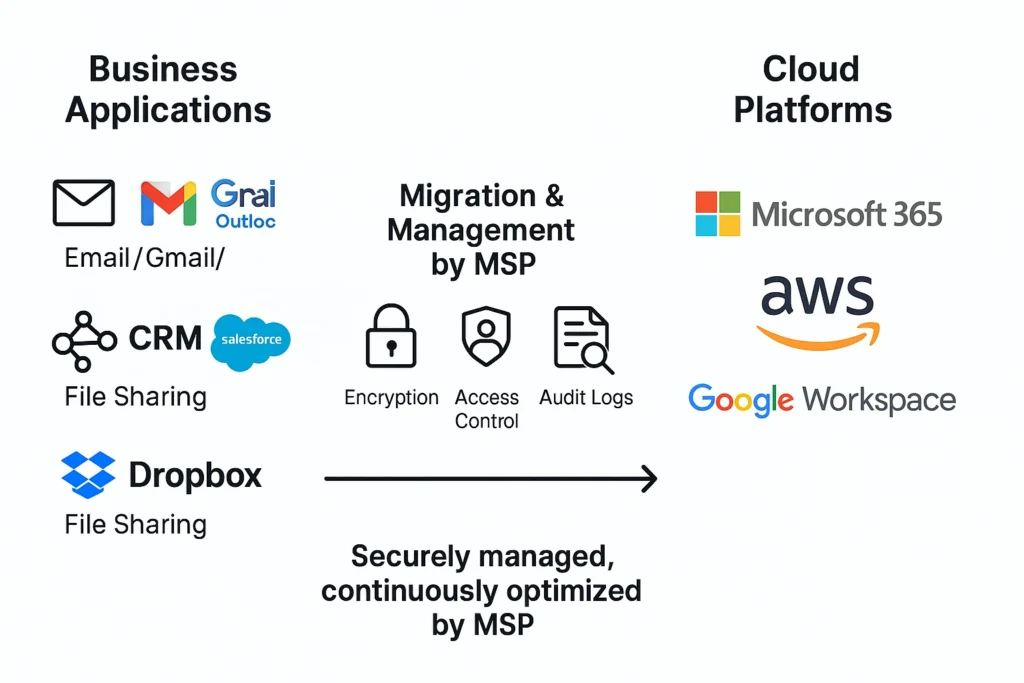
Grants Access to Certified Experts
Hiring and retaining in-house IT specialists with expertise across multiple domains; cybersecurity, compliance, cloud architecture is costly and time-consuming. Managed IT Services eliminate this burden by giving businesses direct access to a team of certified professionals.
A notable example is a multinational consumer goods manufacturer with an annual revenue of $10 billion leaning toward managed IT services for support in IT infrastructure and modernization of 70 business applications. This partnership enabled the manufacturing company to access a global team of 60 certified professionals who delivered 24/7 IT support. They improved communication workflow, automated processes, and optimized legacy systems. As a result, the business enjoyed 40% more productivity and a 63% increase in support ticket resolution efficiency.
Certified Experts. No Hiring Required.
- Cybersecurity Analyst – Protects against emerging threats
- Cloud Migration Architect – Ensures secure transitions
- Compliance Specialist – Aligns IT with regulations (HIPAA, GDPR)
- IT Strategy Consultant – Supports scalable growth initiatives
All included in your Managed IT Service plan – no recruitment needed.
Drives Team Productivity
Unstable IT environments create bottlenecks that interrupt daily workflows and delay project timelines. Managed IT Services address these challenges by automating repetitive tasks, resolving technical issues quickly, and streamlining system performance, allowing teams to concentrate on their core responsibilities.
With proactive maintenance and real-time monitoring, MSPs ensure that hardware, software, and networks perform at optimal levels. Automated processes such as software patching, device configuration, and alert handling reduce manual workload for both IT and non-IT staff.
This operational stability directly supports higher output, improved task management, and better team morale across departments.
Friction vs Flow: The Productivity Impact of MSPs
Without MSP (Friction)
- Employees troubleshoot IT issues themselves
- Project delays due to slow support response
- Disruptions from unexpected outages
- Untrained staff making technical decisions
With MSP (Flow)
- Dedicated IT support resolves issues fast
- Automated updates & streamlined systems
- Reduced distractions and downtime
- Teams focus on strategic business work
Frees Up Focus for Core Business Operations
When employees without technical training are tasked with handling IT issues, it pulls focus from their primary roles. Managed IT Services relieve this pressure by managing infrastructure, security, and support functions, so internal teams can focus on strategic goals, customer service, and growth initiatives.
Business leaders also benefit by avoiding the complexity of overseeing IT operations. Instead of managing multiple vendors, troubleshooting issues, or staying current on regulations, they can rely on the MSP to handle these responsibilities. This alignment ensures IT becomes a support function rather than a business obstacle.
Delegating IT enables every department to operate more effectively and contribute to broader organizational goals.
IT Responsibility Shift: From Internal Load to MSP Support
Before MSP
With MSP
Maximize Performance, Protection, and Scalability of Your Business
Managed IT Services combine proactive management, advanced cybersecurity, and scalable infrastructure to form a reliable backbone for business success. From reducing operational costs and preventing downtime to enabling long-term growth, each benefit contributes to a more efficient, secure, and resilient organization.
By centralizing IT functions under a single, accountable service provider, businesses simplify vendor relationships and receive consistent service levels. Automated processes and round-the-clock monitoring ensure systems run efficiently, while flexible service models adapt as business requirements evolve.
Captain IT offers tailored Managed IT Services designed to match your operational needs and growth plans. Whether you’re seeking fully managed solutions or co-managed support to extend your internal team, Captain IT delivers measurable outcomes with expert precision and reliable support.
Ready to Take Control of Your IT Operations?
Capain IT delivers managed services tailored to your exact needs.
- Reduce unexpected IT costs
- Access certified professionals without hiring
- Scale seamlessly as your business grows
